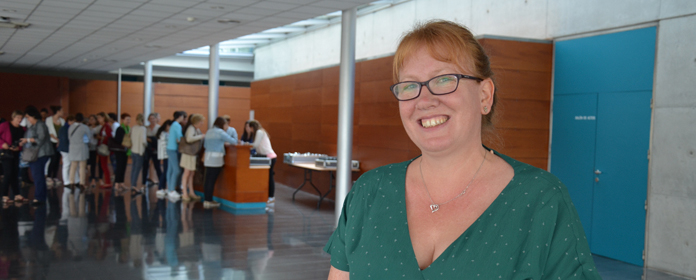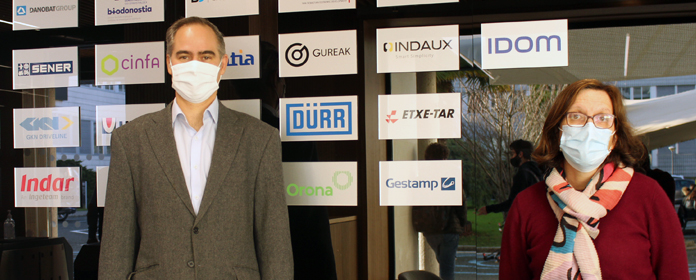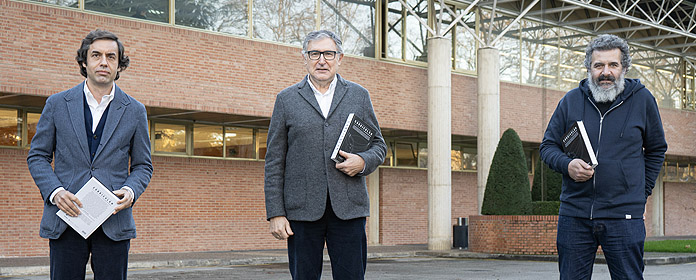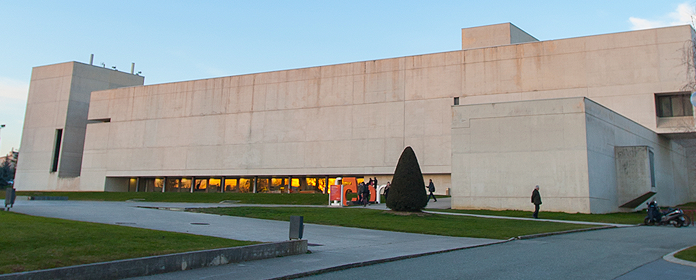Amanda Wilford: “The Nursering Simulation Center of University of Navarra will be a world class centre for nursing education”
Interview with Amanda Wilford, Senior Nurse, Simulator Facilitator and CAE Healthcare

FOTO: Cedida
Why do you think that simulation is the best way to teach nurses in the current health care system?
Simulation involves using mannequins, standaradized patients, the virtual world and/or hybrids e.g linking one or more of approaches together to recreate care settings where patients may access nurses. These settings may be in the community e.g nursing homes, hospices or hospital e.g intensive care, surgical, and medical areas and cover patients from neonates, to infants, teenagers, adults and the elderly. Nursing students do not receive enough practice as real patinets may not want to let nursing students care for them under supervision or they need the skills of a licenced nurse. As a result when they qualify many feel underconfident and may not perform to the best of their ability . Many newly qualified nurses feel disheartened as they feel they cannot deliver safe, evidenced based care and need more support. Simulation techniques allow educators to work with under and post graduate leaners to rehearse both their practical skills and those elements such as communication, leadership and teamwork in many diferent care environments in a safe manner. Learners can repeat the experiences as often as required to gain both confidence and competence. This translates that when they work and care for real patients and their families they act as advocates providing holistic care to the highest degree.
What is innovative simulation in nursing?
Nursing is the only profession with patients 24/7 and so can extend the boundaries of integrating the simulation education approach. INACSL one of the major organisations in simulation healthcare education were the first in the world to publish evidenced based standards on how to deliever simuation and this group was formed and is led by nurses .
When the idea of simulated practice in nursing began?
If you look back into history there are early accounts from Egypt and China for healthcare simulation . More recent was in France in the early 18th Century Madame Du Coudray a pioneering midwife built an early obstertric simulator and as a result of working in community settings reduced neonate and maternal mortality by teaching prominent womren in villages to safely deliver babies and deal with complications for example breech, . In adult nursing Mrs Chase a life sized adult mannequin was first reported in 1911 in USA being used for undergraduate nurses and many universities across the world have used such tools. If I reflect on my own nurse training in the 1980s we practised on each other and role eplayed so this is f simulation . Nursing and midwifery have a history of innovation and creating activities to improve patient care. The interactive mannequins that are used today such as the ones here in Navarra have been used since the late 1990s initially by medicine with a surge in the mid 2000s from 2008 onwards for nursing .
Do you think that simulation is a good method of teaching at the University?
Learners often find it hard to translate what is being taught in university and translating this into clinical practice, simulation education provides the bridge between theory and practice in a safe way. After the simulated event, the debrief allows learners to focus on what they did well and why they performed as they did and what they are struggling with . This affords the educators the opportunity to support learners so that they can grow and as they move towards the goal of being a licenced nurse who provides safe care .
What is the PNCI?
PNCI stands for Programme for Nursing Curriulum Integration and is a set of evidence based simulation case studies with tools to support faculty to fast track simulation based education into any undergraduate nursing curriculum. This tool was devloped by nurses from the USA and UK and provides a complete package to support educators to become simulation facilitators so that they can support learners. The case studies cover medical, surgical , mental health and learning disability nursing from the cradle to the grave in community and hospital settings . CAE Healthcare supported pioneering simulation nurses to produce this package and it is used in countries all over the world.
What has been the experience of simulated practice over the years?
This has been variable, healthcare regulators are beginning to suggest using simulation education to replace some of the contact hours with patients. As an example in the UK , the regulator in 2007 stated that up to 300 of the 2300 hours of direct patient care can be replaced by a simulated practice environment tif an institution chooses. In the USA , many nursing regulators are allowing simulation to replace a percentage of hours .
I believe as we move forward in the next 25 – 30 years simulation based education and assesment will be the norm in nursing and other healthcare professions as it is for pilots across the world today .
What did you think of the Center for Simulation in Nursing at the University of Navarra?
I have been fortunate to vist many simualtion centres across the world and the Centre for Simulation in Nursing at the uNiversity of Navarra has been extremy well desogned to focus on nursing in all its guises. It Is not just about the rooms and the equipment although they are amazing, I have been incredibly impressed by the nursing team who will be leading this ventuire as their enthusiasm and commitemnet is what will make this centre a world class centre for nursing education.
What do you think of the current situation of nursing in the world?
I am biased, as I am a nurse, I think we are leading the way. When you look at the literature or attend conferences about simulation education and/or education, many nurses in academia and clinical practice are implementing simulation in creative ways with the same goal enhancing patient safety and quality. Nursing still needs to go further and this is one of the reasons that I have stayed in simulation-based education, as we need to keep pushing the envelope.




